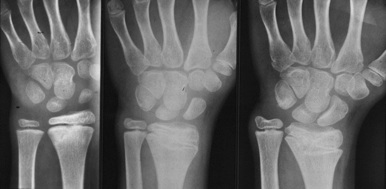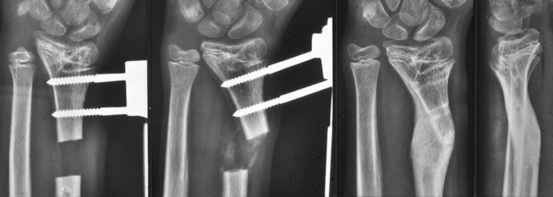Prof. Dr. med. Dr. h.c. G. Ulrich Exner
FMH Orthopädische Chirurgie
und Traumatologie
In Trauma the Guideline is ‚secondary prevention’ (primary prevention = avoidance of disease, accident; secondary prevention=prevention of progression of a disease and emergence of symptoms; tertiary prevention = reduce impact of established disease and disease-related complications, a handicap shall not lead to disability). Thus the goal is complete restitution (restitutitio ad integrum).
The basis is to restore the anatomy by correctly aligning the tissue fragments. Ist his not possible because of the traumatic destructions already with the first treatment healthy tissue should be used to bridge the defect, if needed by shortening of an extremity or replantation of extremity parts to avoid amputation with ist consequences of neuroma formation and phantom pain.
Thus expertise in plastic and reconstructive surgery is needed in collaboration with specialists.
Furthermore in children knowledge of growth is needed in order to recognise possible long term complications and to avoid them.


Boy with fracture of the radius
This boy suffered from a seemingly simple fracture of the distal radius. At follow up increasing deformity of the joint part (epiphysis) of the radius is seen because of partial closure of the growth plate. This could partially be corrected lateron by lengthening and angulation of the radius and closure of the growth plate of the ulna.
In this situation it would have been good to close the growth plates to prevent the devlopment of joint incongruency which necessarily is followed by early arthritis. A small difference in arm length (differently to leg length discrepany) rarely has a negative impact.



